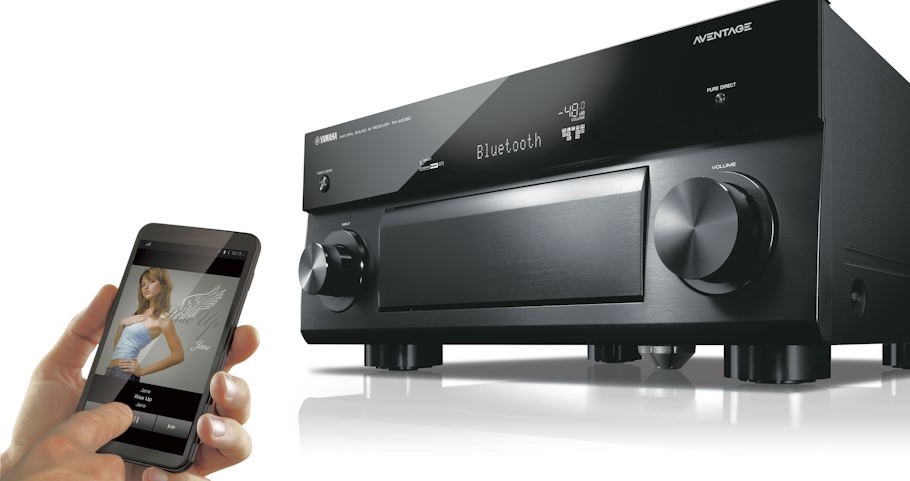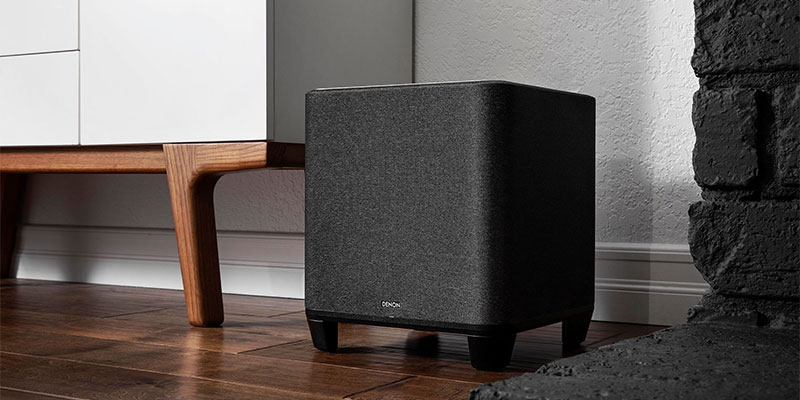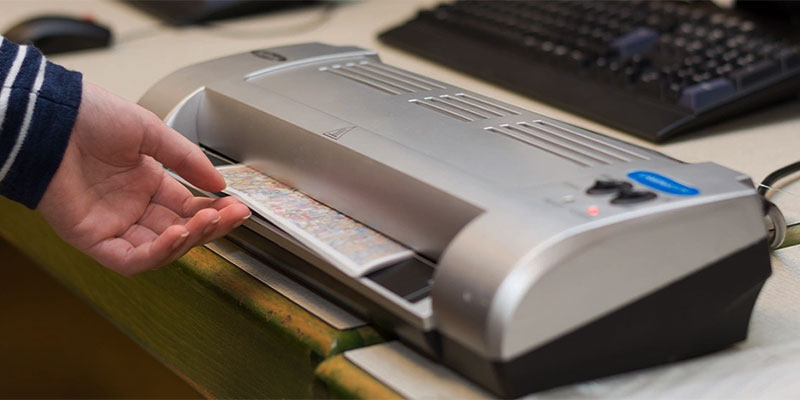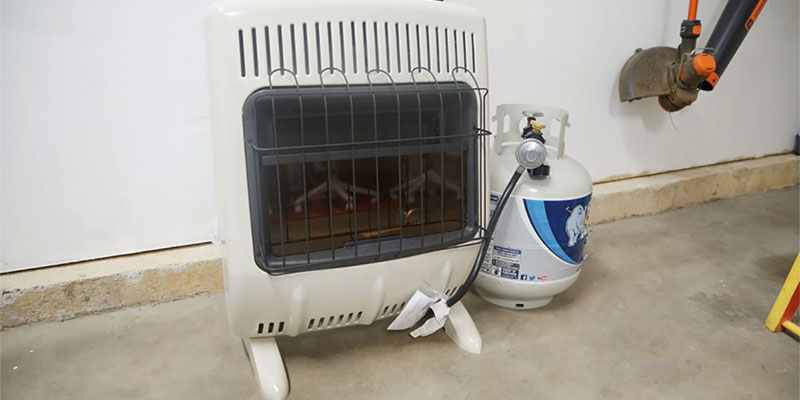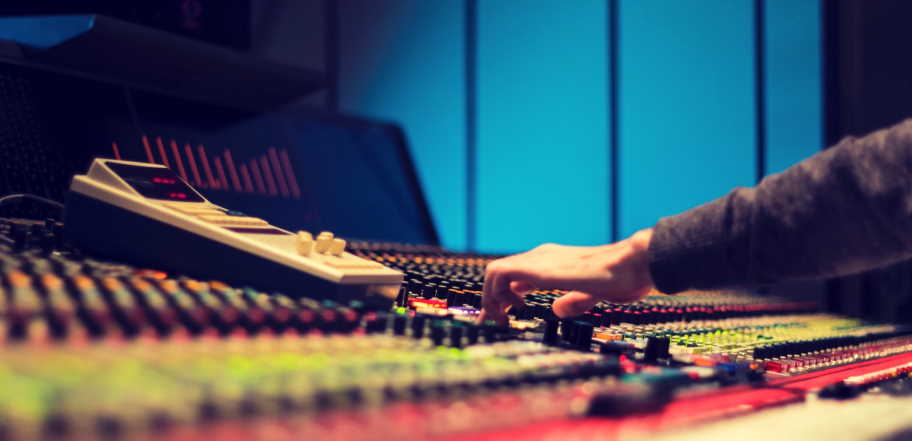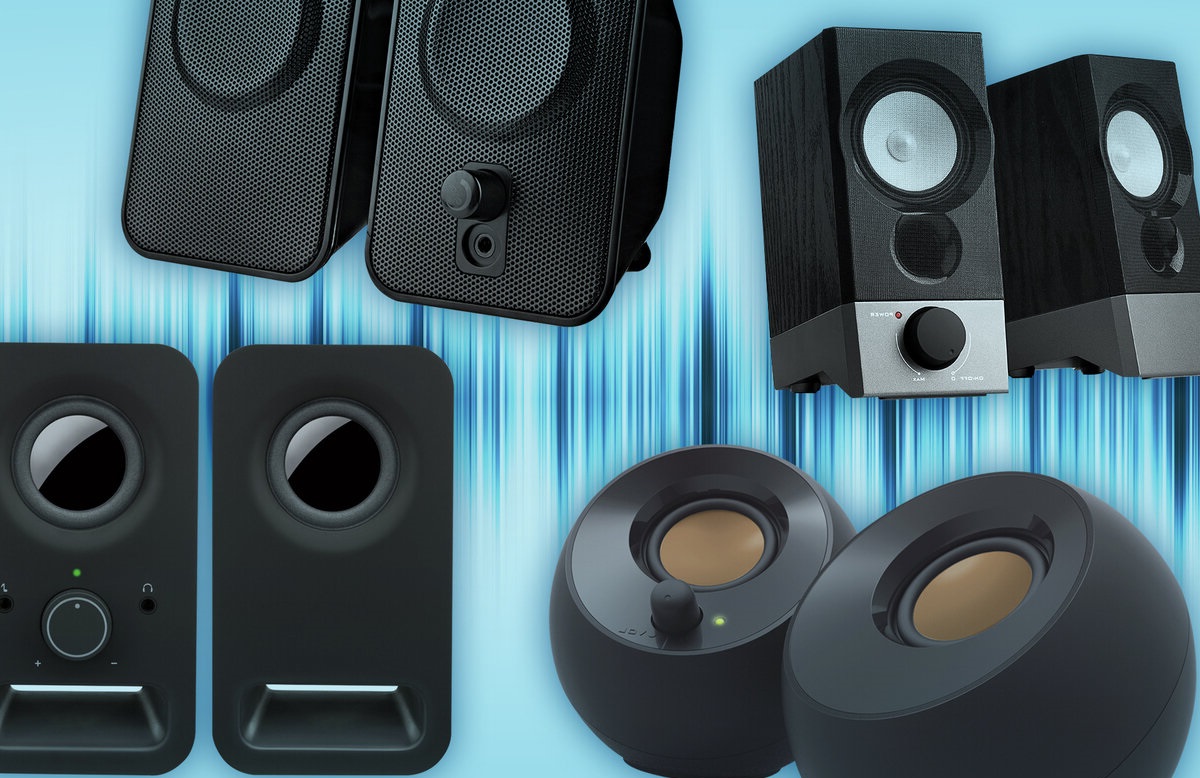Loving music, having a good ear and a minimum of musical knowledge ensures a good introduction, but is not enough to become a sound professional. Well-trained, competitive, sound professionals face a very competitive job market, especially in the performing arts.
If the dream guides young people towards music recording and the sound system of concerts, it is mainly audiovisual and multimedia which, at 80%, provides jobs.
The concept of sound designer and sound design
A sound designer is in charge of all the sound effects used to energize and better understand a story and a narration. The aim of sound effects is manipulation by sound. It was thanks to composer Murray Schafer that this concept was born. It was he who first formalized the idea of soundscape, sound identity and sound sculpture and its effect in our everyday environment.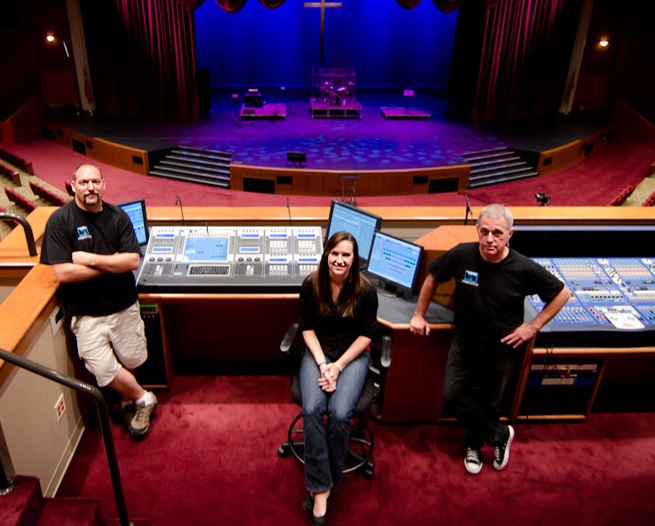
Where do sound designers work?
The fields of application of musical design are many and varied: theater, cinema, advertising, media, arts, town planning, multimedia, scenography and etc. Sound designers have the mission of producing all the everyday sounds emanating from technology are designed: the ringing of your phone, the sounds of any technic in your house.
How to become a sound designer?
Many who can be sound designers. It can be musicians, architects, thinkers but what will bring them together is their audio and visual culture and their ability to conceptualize a specific customer request to create their own sound identity. Whether it is to sell a product, to understand the action or to animate an exhibition, the missions are complex and very diverse in musical design.
Of course, education can play an important role in becoming you as a sound designer. Anyway, like any artist and producer of original works, it is the portfolio that matters and you will have to demonstrate your adaptability and the quality of your recordings to hope to get a job.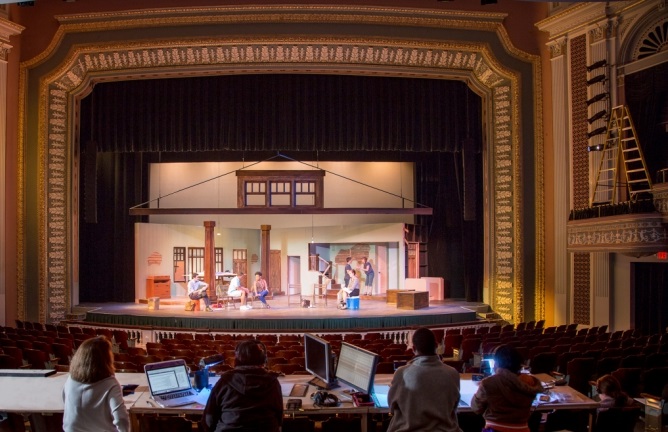
Find a recording studio
To have your own sound identity, it is important to optimize your recording. It is possible, for example, to create your own studio but this requires very complex complementary skills, and above all a significant financial investment. And knowledge in the choice of audio equipment, although specialized resources such as audio equipment reviews.
The best is to find a recording studio that matches the desired sound quality. Choosing a studio can be long and tedious, but once chosen carefully, the time saved will be considerable. So what are the points to take into account? You must, of course, listen to several recordings mixed by the studio, then meet the technicians. Indeed, this last point is essential because the exchanges must be understood and well transcribed on the final sound. The human aspect is, therefore, to be taken into account. Once this first selection is made, recording a few tries on the same song and in different studios will make you make the right choice. Finally, the last tip for choosing a studio, finding one near your workplace will help you avoid too many back and forth trips.
Why a sound design for a business?
It’s not uncommon to hear different sounds and music when you’re walking around stores or hanging out in a cafe. Having your own music and sound allows you to identify with customers. This sets you apart from the competition that uses a generic playlist that you hear everywhere. As soon as you arrive in a designated place, you instantly immerse yourself in the atmosphere of the place. The sound designs can be automatically programmed to play according to many criteria: day/night, hours, week, month…
The act of buying can even be influenced by music. The big brands have understood this well. If it is usually listened to feel good and relax, it is because it influences, in particular, our perception of things. Well found, the sound environment of a business can, therefore, be a significant source of income. The next time you dine in a fancy restaurant, pay close attention to the music. Either it was designed from existing music but which is perfectly associated with the place, or it was specially designed by a sound designer to fully adapt to the brand image of the company. A chic restaurant? The music will be more subdued and will use acoustic instruments such as the violin or piano. Is a trendy bar attracting a young and trendy audience? Make way for more rhythmic and digital music. Sound marketing is only in its infancy!

